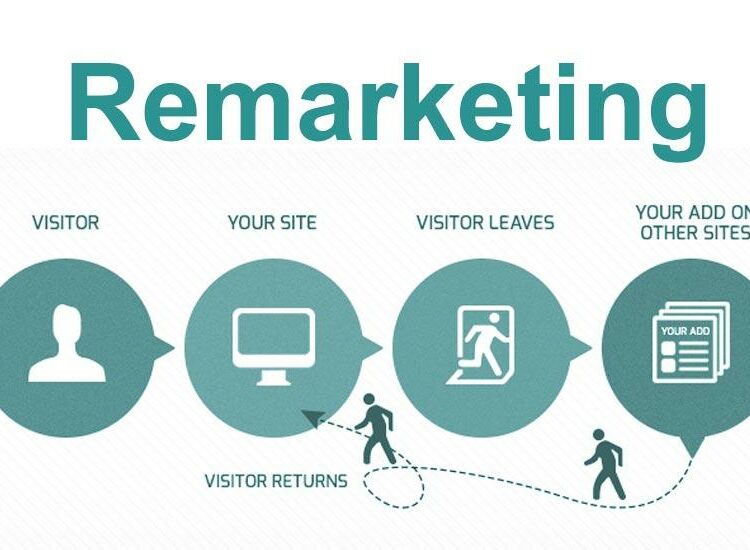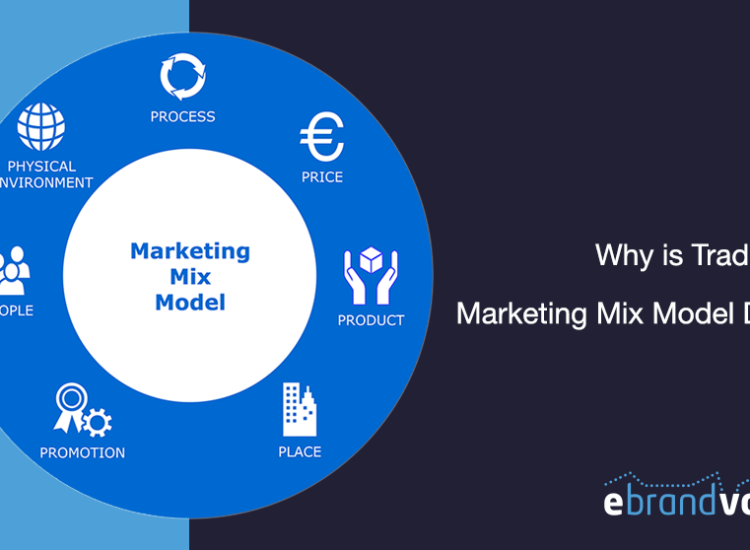Email marketing remains one of the most effective channels for reaching and engaging with your audience. Whether you’re running a small business or a large enterprise, having the right email marketing tools can make all the difference. From automation to analytics, these tools offer a variety of features designed to enhance your email marketing campaigns, ensuring they are both efficient and effective. In this article, we will explore some of the best email marketing tools available in 2024 to help you make an informed decision.
Toc
Introduction to Email Marketing Tools
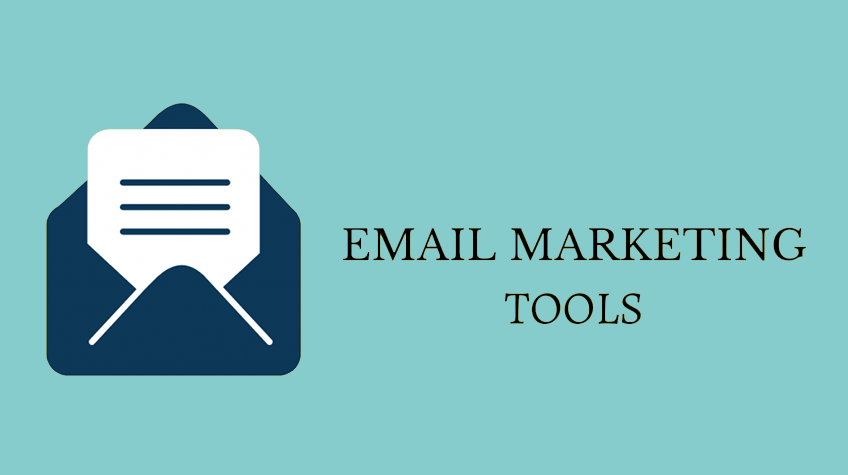
Before we dive into the specific tools, let’s first understand what email marketing is and why it’s important. Simply put, email marketing is the process of sending targeted emails to a group of subscribers with the goal of converting them into customers or keeping them engaged with your brand. It’s an essential part of any digital marketing strategy as it allows you to directly communicate with your audience in a personalized and cost-effective manner.
Some key benefits of using email marketing include:
- Reach: With over 4 billion active email users worldwide, email remains one of the most widely used communication channels.
- Affordability: Compared to other forms of marketing, such as print or TV ads, email marketing is relatively inexpensive.
- Personalization: Most email marketing tools allow you to segment your audience and send personalized emails based on their interests, behaviors, or demographics.
- Measurable results: With the right tools, you can track and measure the success of your email campaigns in real-time, giving you valuable insights into what works and what doesn’t.
Why Email Marketing Matters
Before we dive into the tools, it’s important to understand why email marketing is crucial for your business:
- High ROI: According to the Data & Marketing Association, email marketing has an average ROI of $42 for every $1 spent.
- Direct Communication: Email allows you to communicate directly with your audience, offering personalized messages that can drive engagement and conversions.
- Measurable Results: Unlike some other forms of marketing, email campaigns provide measurable results, making it easier to tweak and optimize your strategies.
- Building and nurturing relationships: By sending relevant and valuable content, you can build and nurture relationships with your audience, leading to increased customer loyalty.
How to Choose the Right Email Marketing Tool
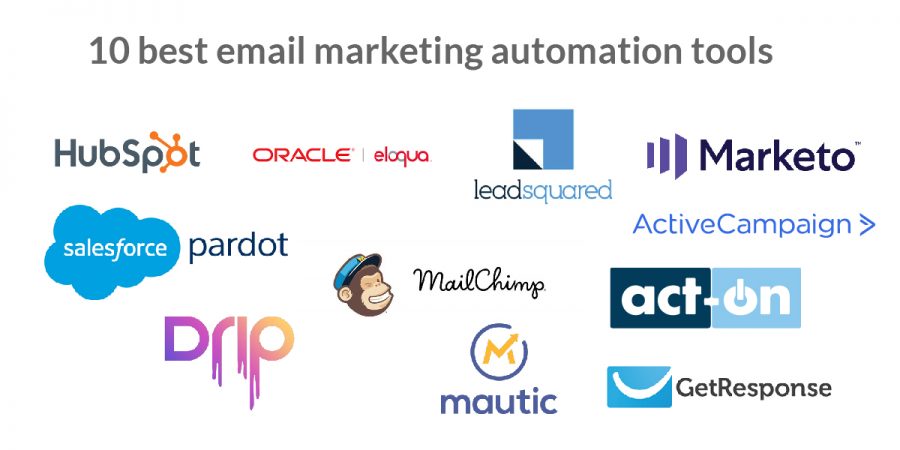
When selecting the right email marketing tool for your business, there are several key factors to consider:
1. Features and Functionality
The first step in choosing an email marketing tool is to assess the features it offers. Look for essential functionalities such as:
- Automation: Automation capabilities can help you save time by allowing you to set up email campaigns that trigger based on user actions, such as signing up for a newsletter or abandoning a cart.
- Segmentation: Advanced segmentation tools allow you to categorize your audience based on various criteria, ensuring that your messages are tailored to specific groups for enhanced relevance.
- Responsive Design: With a significant number of emails being read on mobile devices, it’s crucial that the tool you choose offers templates that are responsive and adapt to different screen sizes.
- Analytics and Reporting: Robust analytics features will enable you to track metrics such as open rates, click-through rates, and conversions, helping you optimise your campaigns based on data-driven insights.
- Integration Capabilities: Consider whether the tool can integrate with your existing systems, such as CRM or e-commerce platforms, to maintain a seamless workflow.
By evaluating these features, you can determine which email marketing tool aligns best with your business needs, ensuring you can execute effective campaigns that drive results.
2. Pricing and Scalability
Pricing is a crucial consideration when selecting an email marketing tool. Many platforms offer tiered pricing models based on the features available and the size of your subscriber list. Start by determining your budget and assess what features you need most for your campaigns. Some providers offer free plans with basic functionalities, which can be a great option for small businesses or those just starting to explore email marketing.
Scalability is another critical factor to consider. As your business grows, your email marketing needs may evolve, requiring more advanced features or a larger subscriber capacity. Choose a tool that can grow with you, providing additional functionalities or higher thresholds without a significant increase in cost. Evaluating both pricing structures and scalability options will help ensure you choose a tool that meets your current needs while accommodating future growth.
3. Customer Support and Resources
Having access to reliable customer support can make a significant difference, especially if you’re new to email marketing. Look for tools that offer various support channels, such as live chat, email assistance, or comprehensive help centres with tutorials and guides. Additionally, consider the availability of resources like webinars, forums, or training sessions, which can help you maximise the potential of your chosen tool. Quality customer support ensures that you can resolve issues quickly and continue running effective email campaigns without prolonged disruptions.
By considering pricing, scalability, customer support, and available resources, you can make a well-rounded decision on the email marketing tool that best suits your business requirements. In the following sections, we will delve into specific email marketing tools, each offering unique features to enhance your marketing strategies in 2024.
4. User-Friendliness
User-friendliness is a critical consideration when choosing an email marketing tool, especially for those who may not have extensive technical skills. A platform that offers an intuitive interface can significantly streamline the process of creating and managing campaigns. Look for features such as drag-and-drop editors, pre-built templates, and simple navigation that enhance the overall user experience. Additionally, tools with a clean dashboard make it easy to access important metrics at a glance, ensuring you can stay on top of your campaign performance.
When evaluating user-friendliness, it’s also beneficial to consider the learning curve associated with the tool. Some platforms offer guided tours or onboarding processes that help new users become familiar with the functionalities quickly. Positive user reviews and feedback can provide additional insight into the usability of the platform. Ultimately, selecting a user-friendly email marketing tool will empower you to focus on crafting compelling content rather than getting bogged down by complicated processes. As we move forward, we will explore some of the leading email marketing tools available in 2024, highlighting their unique features and how they can enhance your marketing efforts.
Top Email Marketing Tools for your needs in US 2024
Critearia of selection
When selecting the top email marketing tools for your business, we considered various factors such as overall features and functionalities, pricing and scalability, customer support and resources, user-friendliness, and popularity among businesses. Our list includes both established players in the market as well as newer platforms that have gained significant traction in recent years.
Top Email Marketing Tools in US for 2024
Now that we’ve covered the importance of email marketing let’s explore some of the best tools available in 2024:
- Mailchimp: With over 14 million users globally, Mailchimp is one of the most popular email marketing tools. It offers a user-friendly interface, automation capabilities, and in-depth analytics to help businesses create targeted campaigns that engage their audience.
- Constant Contact: Constant Contact boasts a 98% deliverability rate and offers advanced features such as list segmentation and A/B testing to optimise campaign performance. It also provides robust customer support with live chat, phone, and email assistance.
- ConvertKit: Designed specifically for bloggers and content creators, ConvertKit offers intuitive email automation workflows and landing page creation tools. Its simplicity makes it an excellent option for those new to email marketing.
- HubSpot: HubSpot’s email marketing tool is part of a larger suite of marketing and sales tools, providing a comprehensive solution for businesses. It offers advanced personalisation options and integrates with other HubSpot products for seamless data management.
- AWeber: AWeber offers a range of templates, automation features, and integrations with popular platforms like WordPress and Shopify. Its support includes live chat, phone, and email assistance.
Compare Price Plans and Key Features of Each Tool
When considering the best email marketing tools for your needs, it’s essential to compare their pricing plans and key features to find the most suitable option for your business. Below, we outline the various pricing tiers and notable functionalities of the tools mentioned previously.
- Mailchimp: Mailchimp offers a free tier for up to 500 contacts, although advanced features are only available on paid plans starting at $11 per month. Its core features include a powerful email builder, audience segmentation, and marketing automation, along with analytics to track performance metrics effectively.
- Constant Contact: Pricing for Constant Contact starts at $20 per month, based on the number of contacts. It includes features like responsive email templates, list management tools, and real-time reporting. Additionally, Constant Contact provides a 60-day free trial, allowing users to test its offerings before committing.
- ConvertKit: This tool’s pricing starts at $15 per month for up to 300 subscribers. ConvertKit focuses on creators and offers key features like customizable opt-in forms, automated workflows, and easy tagging, which helps maintain effective audience segmentation.
- HubSpot: While HubSpot offers a free version, its paid plans begin at $50 per month. The platform integrates deeply with CRM tools, allowing for detailed customer tracking. Key features include advanced personalisation, reporting dashboards, and A/B testing capabilities.
- AWeber: AWeber’s pricing starts at $19 per month for up to 500 subscribers. The platform includes a range of email templates, automation functionalities, and extensive integrations with various services, along with analytics to monitor campaign performance.
Pricing and Scalability Options
When evaluating email marketing tools, understanding their pricing structures and scalability options is essential for long-term growth and budgeting. Most platforms offer tiered pricing plans based on subscriber counts or feature access, allowing businesses to choose a plan that fits their current needs while accommodating future growth.
For example, Mailchimp provides a free tier that is ideal for startups or small businesses with limited email marketing budgets. As your audience grows, you can easily transition to paid plans, which unlock advanced features such as automation and in-depth analytics. Similarly, Constant Contact’s pricing is based on the number of contacts and scales with your business, making it a flexible option for those with fluctuating subscriber counts.
ConvertKit and AWeber also cater to smaller audiences with affordable entry-level plans and offer scalable options to suit larger subscriber lists as your business expands. HubSpot stands out by integrating its email marketing tool with a comprehensive suite of marketing and sales functionalities, making it a valuable investment for businesses looking to grow holistically. By considering pricing and scalability, you can ensure that the selected email marketing tool adapts to your evolving needs without straining your budget.
Conclusion
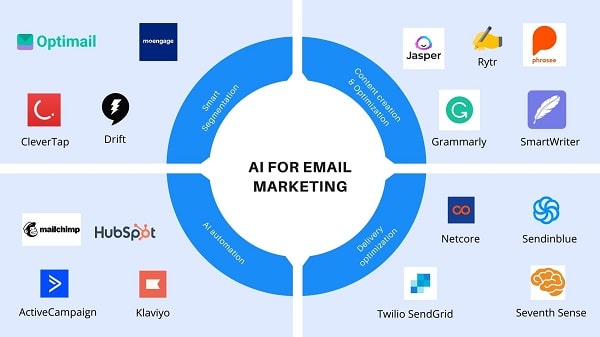

In the ever-evolving landscape of digital marketing, email remains a powerful tool for reaching and engaging audiences. The key to success lies in selecting the right email marketing platform that aligns with your business needs and goals. By considering user-friendliness, features, pricing, and support options, you can make an informed decision that facilitates effective campaign management. Whether you opt for established platforms like Mailchimp or explore newer options like ConvertKit, understanding the strengths of each tool will help you craft compelling campaigns that drive results. As you implement these tools and strategies, remember to continually analyse your performance metrics and adapt your approach based on insights gained. With the right resources, your email marketing efforts can flourish and significantly enhance your overall marketing strategy in 2024 and beyond.
